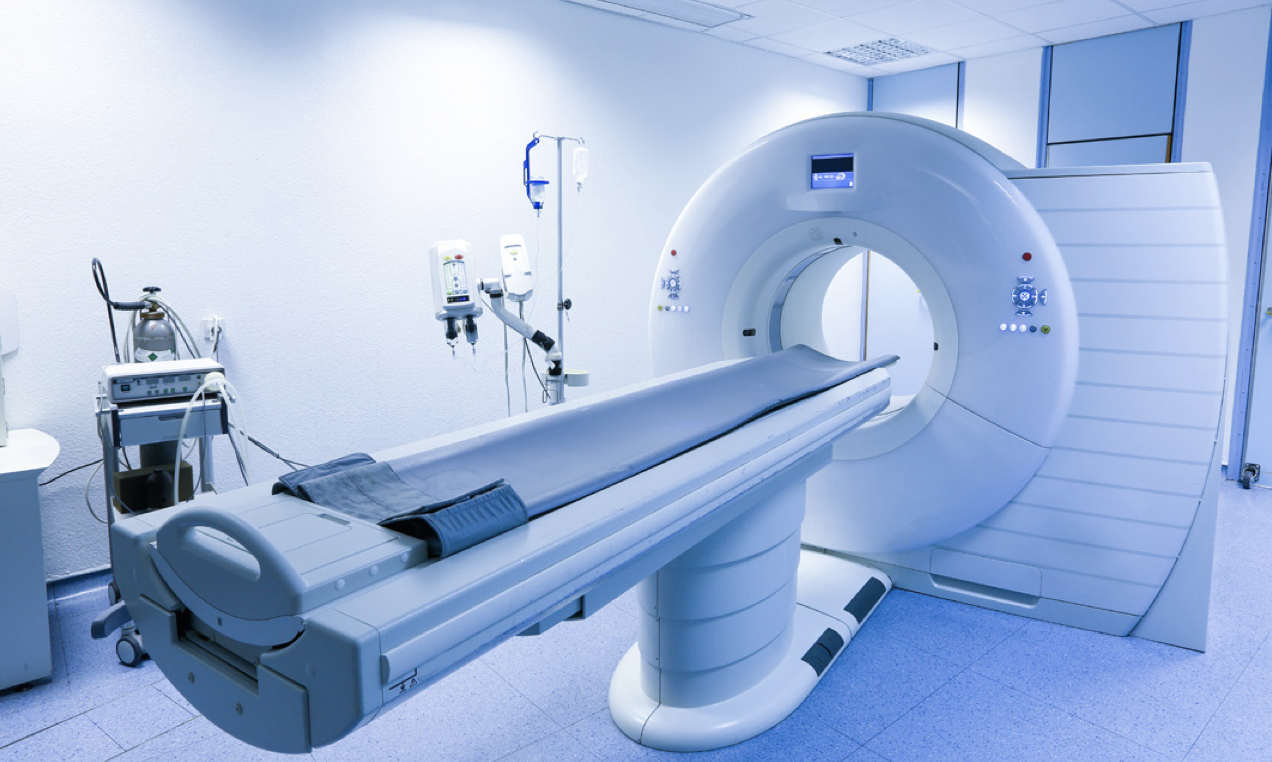by Curtis Anderson, forensic engineer, EFI Global
As the medical imagining sector continues to rapidly grow, so do the risks of malfunction and catastrophic failure in its technology.
Imaging equipment manufacturers are the primary service providers for equipment repairs, however, there can be a wide range of warranty exclusions that leave high-repair costs or replacement decisions in the hands of the equipment’s owner. Consequently, in the event of a loss, it’s critical to understand imaging equipment and its potential challenges to mitigate risk and ensure a swift post-loss recovery.
A look back
Until the 1950s, the only way to acquire skeletal and foreign object images within humans was through traditional radiography, or X-ray. X-rays are a form of electromagnetic radiation that, when using a detector on one side, can form an image that represents the shadows of bones or objects inside the body. All such technologies depend on some radiation exposure and are still used today to detect bone fractures and tumors.
In the ‘70s and ‘80s, several key innovations greatly expanded the tools available to diagnostic radiologists, including the computerized axial tomography (CAT) X-ray, the ultrasound, the nuclear magnetic resonance (NMR) or magnetic resonance imaging (MRI), and the positron emission transaxial tomography (PETT) or positron emission tomography (PET).
Potential equipment risks
Each type of equipment carries unique risks. However, all radiological equipment has a finite life cycle span, meaning an inevitable breakdown and decrease (or loss) of image quality that will eventually render equipment useless. For this reason, virtually all U.S. hospitals and imaging centers have service contracts with at least one original equipment manufacturer (OEM) for post-warranty service of the equipment. Equipment older than 10 years may need to be replaced if not adequately maintained, as operating costs will be higher compared to new equipment. Older equipment also has a higher risk of failure and breakdown – which risks consequential delays for diagnosing and treating patients.
MRIs (and the suites the machines are housed in) in particular, pose significant fire protection and life safety risks due to the powerful magnets and high level of power utilized. MRIs incorporate magnets thousands of times stronger than those on your kitchen fridge, which are kept operational by liquid helium cooled to about -452 degrees F. If that helium escapes its casing, evaporates, and mixes with oxygen, pressure from the escaping gas can cause an explosion. While rare, these explosions do happen – in March of 2015 one occurred at Oradell Animal Hospital while three MRI technicians were dismantling the unit.
Other equipment risks may involve an MRI quench or the “missile effect’. A quench occurs when there’s a rise in the magnets’ temperature, causing the liquid helium to boil into gas, leading to a sudden, dramatic and expensive release of helium gas. The missile effect refers to metal objects that become projectiles because of the considerable force that is exerted on them, which is why patients are asked to remove metallic objects/materials that have a high susceptibility to magnetization.
There is also the risk of natural and man-made disasters, as hospitals/imaging centers are just as susceptible to damage from such disasters as any other facility. Manufacturers and service vendors are quick to point out that an “act of God” exclusion exists in most contracts. Experienced loss consultants are all too familiar with this exclusion, and work with OEMs and third-party service providers to ensure that equipment is restored to a pre-loss condition, while assuring service contracts remain intact.
A glimpse into the future of medical imaging
According to a Research and Markets report, the U.S. imaging services market is forecasted to grow exponentially in the coming years – rising 9.2% annually, from $94.7 billion in 2020 to $192.1 billion in 2028. As the medical imaging service sector grows, service models will change from traditional arrangements to the emerging imaging “as-a-service” model. Until now, hospitals purchased imaging equipment and maintained it utilizing in-house biomedical personnel, or through paid maintenance service contracts with OEMs. In the as-a-service model, care providers are not required to purchase equipment outright, and instead partner with imaging vendors who provide the equipment/related services, with payments made either on a pay-per-use/scan or periodic basis. This model drastically reduces upfront capital costs and eases the burden on care providers’ budgets.
Medical imaging equipment is being reinvented to create versions that are smaller, faster and more efficient. In February 2022, the Food and Drug Administration (FDA) cleared the world’s first portable, low-cost MRI, which is now used for imaging of a patient’s head. It costs $50,000 – twenty times cheaper than traditional systems. Additionally, it operates on 35 times less power and weighs 10 times less. CT scanners are being refined in the same way. An analog scanner weighs nearly 4500 pounds and costs between $1 and $3 million to use. Compare that to a new, digital version with a significantly smaller footprint, weighing only 154 pounds. While the average CT scan costs a patient $1200, the digital version costs around $40.
As it relates to property losses, not every imaging modality will immediately experience a significant cost reduction – some equipment will cost millions for years to come. Regardless, understanding what should be restored post loss, how it should be restored, and which items make no economic sense to restore, are all important steps that should be considered to mitigate deterioration and minimize the business’s income loss.
> Learn more — visit efiglobal.com or check out an expanded version of this article here.

